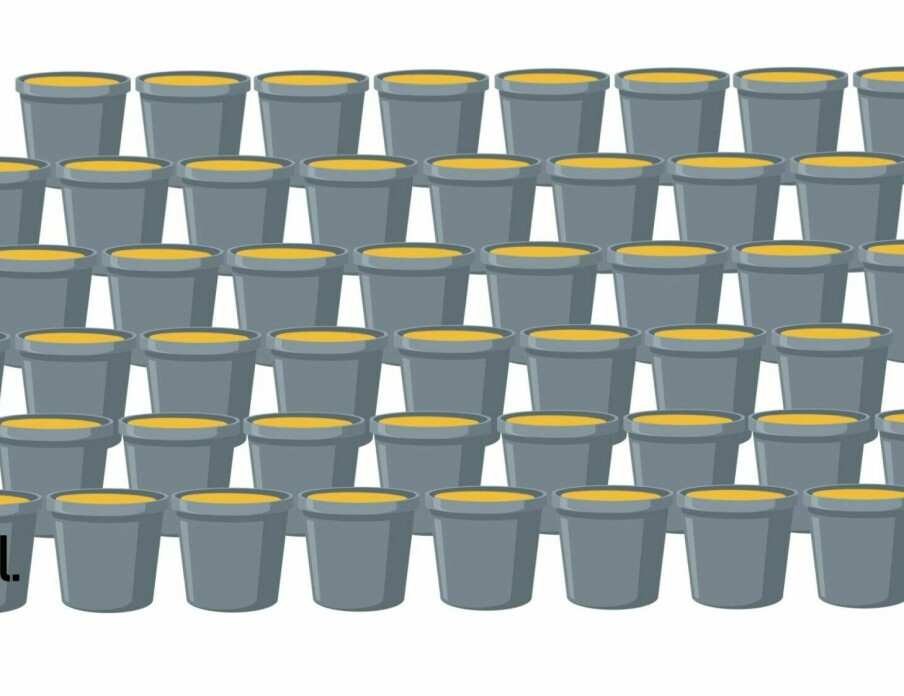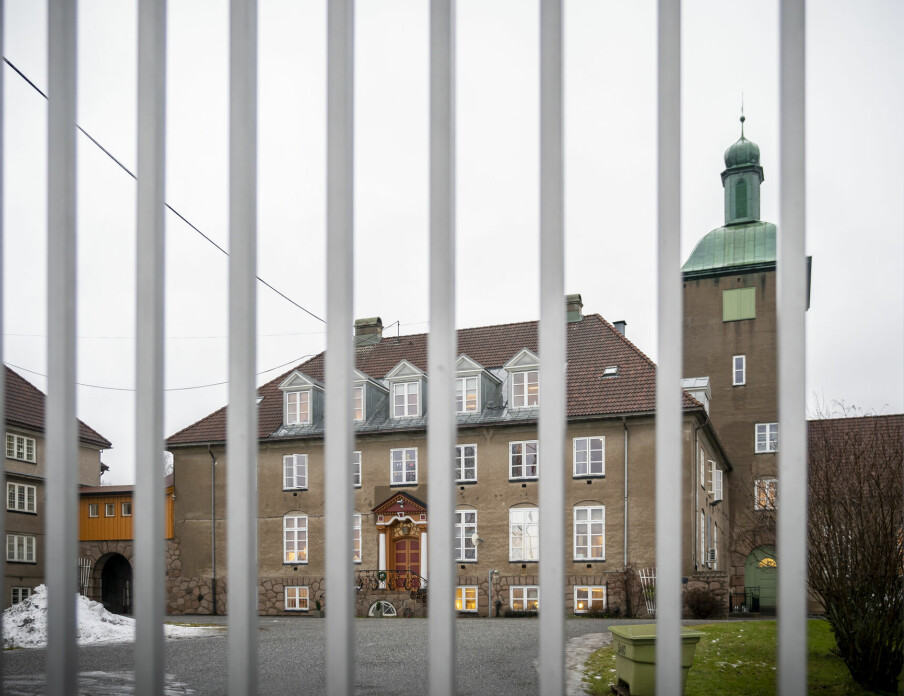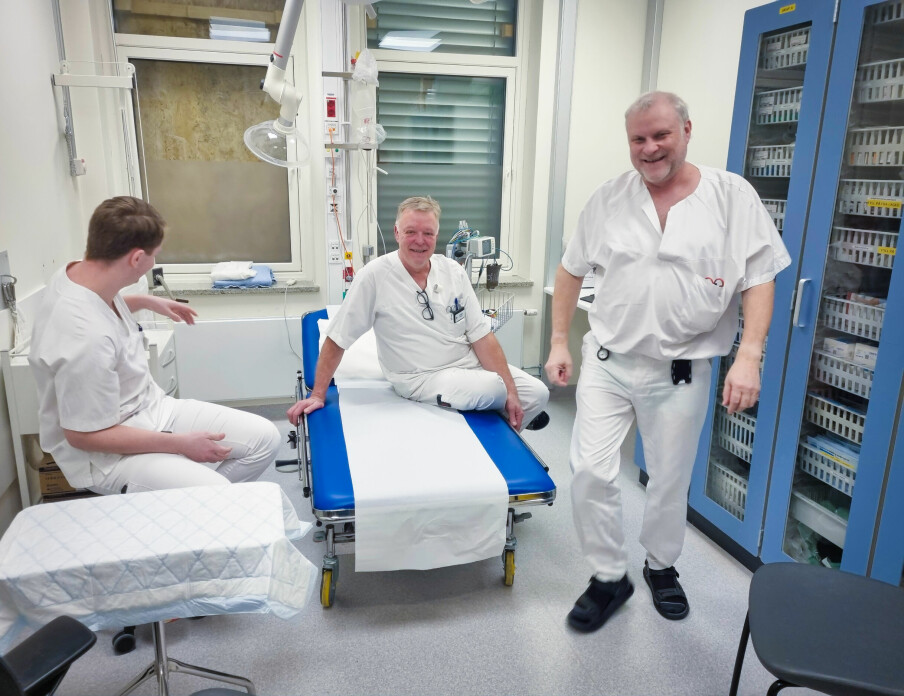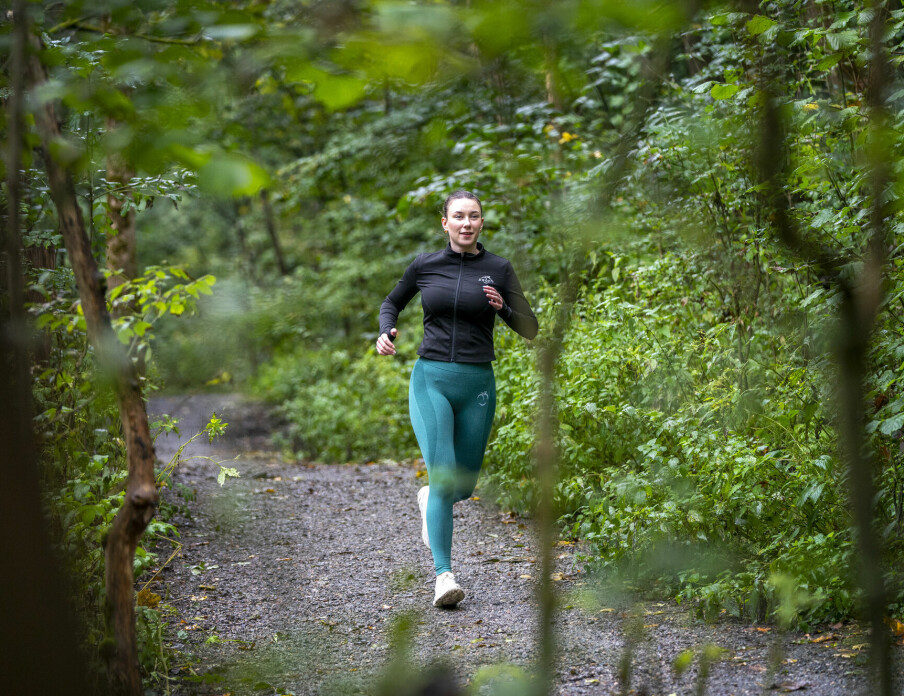Opinion:
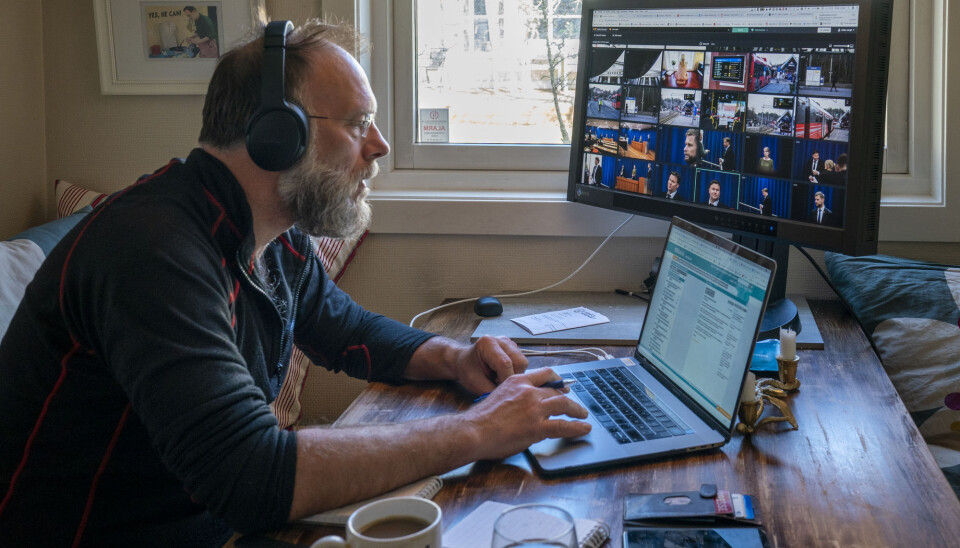
The hidden threat of the home office
SHARE YOUR SCIENCE: Working from home has given many people the opportunity to arrange their working hours more freely than usual. But has it really given us more freedom?
It may seem a bit contradictory at first glance, but increased flexibility in our workday may have given us less flexibility in the work itself.
Benefits highlighted
The daily media and the nascent research literature on COVID-19 speculate on the long-term consequences of the corona situation. These could change the way we think about the methods we employ in our working life, especially with regard to home offices and digital collaboration.
Several large companies, internationally and nationally, have announced that they plan to continue the option of working from home for anyone who wishes to do so also after the pandemic.
The arguments for this include:
- Greater flexibility in organizing work and family life seems to significantly reduce stress for many people.
- Time that was previously used for commuting or travelling between meetings can now be used for other things, which in turn may lead to higher productivity.
- One argument we hear is that a home office situation provides fewer distractions and can make us more efficient.
- Employers, for their part, see an opportunity for reduced travel costs and less need for office space.
Working from home is also happening in academia, and several universities have said that the home office option will continue.
On the other hand, it has been pointed out that people cannot work exclusively in physically separate environments. We need opportunities to meet with colleagues and experience the social cohesion and replenishment this provides.
Practices are changing
The consequences of this kind of distributed work situation for workplace practices constitute an important aspect that has received less attention so far. How does working from home affect collaborative efforts and the quality of work, both in smaller teams and in larger work communities?
In the article Learning of academics in the time of the Coronavirus pandemic, I and my colleagues describe how academic practices change, quite significantly, under the conditions we have worked under since March.
One of our conclusions is that we cannot expect work practices to remain the same when we move them. As conditions change around practices, so do the practices themselves.
Not everyone becomes more efficient
In two parallel projects, we collected data from students and academic staff. We focused on their work and study situations during the corona pandemic.
The data include 1600 students and 16 lecturers in the course Experts in Teamwork. Students provided feedback through questionnaires, written exam reports and in-depth interviews. The lecturers represented different faculties and departments and were also interviewed in depth.
The preliminary findings show great variation in the consequences that the new work and study situations have had for individuals and for groups.
- Some groups became more effective, others less.
- Some people became more efficient in their new work setting, for example because they had fewer distractions and it became easier to prioritize. But others became less efficient, for example due to lower motivation and lack of daily structure.
- Some individuals thought it was beneficial to have more peace and flexibility in their daily life, while others felt lonelier and less motivated due to the lack of social and physical contact with fellow students and colleagues.
A number of the academic staff also had a much busier schedule due to home schooling their children. This factor is less relevant in a situation without a pandemic.
In our study, we also found many of the positive elements of distributed teamwork and working digitally that are mentioned at the beginning of our article.
The paradox: increased flexibility and less freedom
However, one finding stands out as a paradox.
While working from home, or as a distributed team, provides significantly increased flexibility for the work situation, it could provide less flexibility in carrying out the work, both in terms of meeting colleagues, collaborating and teaching.
This flexibility issue, or paradox, is largely related to a much greater need for structure, planning and clear communication in the digital modality. Meetings and teaching need to be planned in much more detail, and the digital form makes it difficult to deviate from the plan.
We lose the ability to pick up cues from the room, like we do when we are in a physical space together. Also, several aspects related to communication make it difficult to achieve good flow and to make spontaneous and necessary changes.
Higher threshold makes teamwork less flexible
We also find that the threshold for making small and necessary clarifications with others is significantly higher in the digital realm. The flexibility to complete a task is therefore reduced and can affect the quality of what we do.
For example, we risk working alone with a task for too long, assuming rather than clarifying along the way. We don’t want to disturb people, and we don’t know what they are doing right now. We found this to be the case both for students who worked synchronously, and for academics who mostly worked asynchronously.
Home offices may offer benefits for many, but it is hardly advantageous for everyone. More people will probably choose to work from home more than they did before, even when the pandemic has subsided. But having the opportunity to convene physically is still important, not only for each of us to meet our social needs, but also for the employer and for the quality of the work.
Reference:
Learning of academics in the time of the Coronavirus pandemic. E. Sjølie, S. Francisco, K. Mahon, M. Kaukko, S. Kemmis – Journal of Praxis in Higher Education, 2020.
———
Share your science or have an opinion in the Researchers' zone
The ScienceNorway Researchers' zone consists of opinions, blogs and popular science pieces written by researchers and scientists from or based in Norway. Want to contribute? Send us an email!










